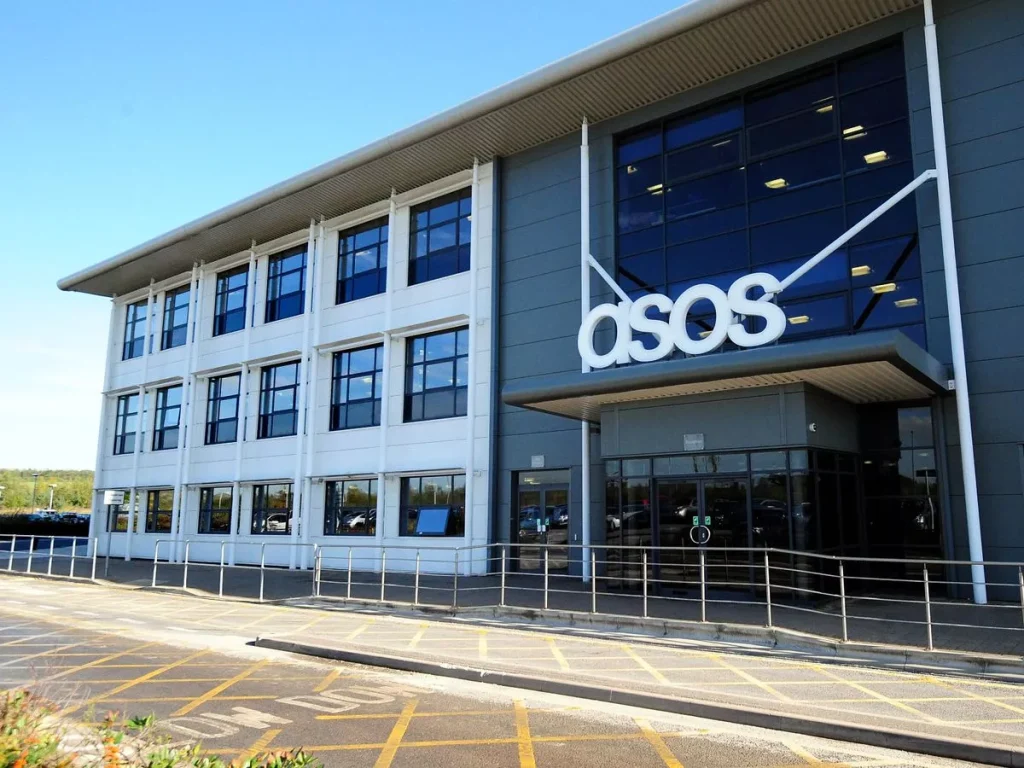Tony Heyworth, international marketing director for LivePerson discusses how the digital age can make sales assistants much more cost effective to deploy.
Earlier in the year, John Walden, chief executive for Argos questioned whether there was a need for store staff in an increasingly digital world. To some extent, he has a point – as more information about products and services become available online, consumers have many resources at their fingertips in order to answer any questions they might have.
Is the role of store sales assistant redundant? Mobile internet has certainly made it easy for each of us to access the information that once only a sales person in-store could provide. However the level of service provided by having physical support within a store is more than just sharing of information, and the question of whether staff are still needed comes down to whether the additional value they add is cost effective and enhances sales, and if the customer experience surpasses that of the self-service DIY process of going online to find information.
I believe that digitally enabling stores, whether that‘s through offering click and collect solutions or providing a platform to order online whilst in store, shouldn‘t necessarily mean eliminating the sales person. In a recent survey conducted by LivePerson, as many as 93% of people believe the role will not become redundant but will simply evolve. How should this process happen? Here are a few tips to make your store sales staff more cost effective to deploy.
Get to know your customer and gather valuable insight
Improving customer experience and providing a personalised service was considered one of the most important roles of the in-store sales assistant with just over a quarter (26.5%) of respondents highlighting this. In-store, the salesperson can pick up on the customers behaviour and offer a personalised services accordingly. The same applies online and across channels. With the help of insight and chat tools, purchasing decisions can be analysed to ensure customers are supported in an appropriate way to turn browsers into buyers.
Real-time support
Customers are able to access help immediately in-store – and this level of real-time support should be replicated across all the channels to provide a consistent level of service. Using a chat solution for your online channels which provides this instantaneously will help your customers throughout the purchasing process: 71% of global online consumers expect to be able to access help within five minutes.
Service with a smile
Speaking to a real person and providing human assistance is seen as the primary role of the store salesperson for a majority of respondents (58%). The level of service provided by sales people in-store is more than just sharing of information. Imagine if we walked into a store and weren‘t greeted with a smile and a hello? Therefore the question of whether they are still needed comes down to whether the additional value they add is cost effective and enhances sales.
Cost effective pool of experts
Digitally enabling stores can make sales assistants much more cost effective to deploy. Through implementation of services such as Live Chat, customers can have their queries answered regardless of location by a centralised pool of knowledgeable staff. As such, not only are these expert salespeople still employed, but to greater effect as they have the skills required to offer services both online and within the physical store environment as required.
According to our recent survey, online (69.4%), mobile (14%) and tablet (11%) are expected to be the leading channels for driving sales over the next 12 months so for businesses, it‘s about providing the customer service demanded across all channels. The question is not whether you still need to employ store salespeople in a digital age, but how





























